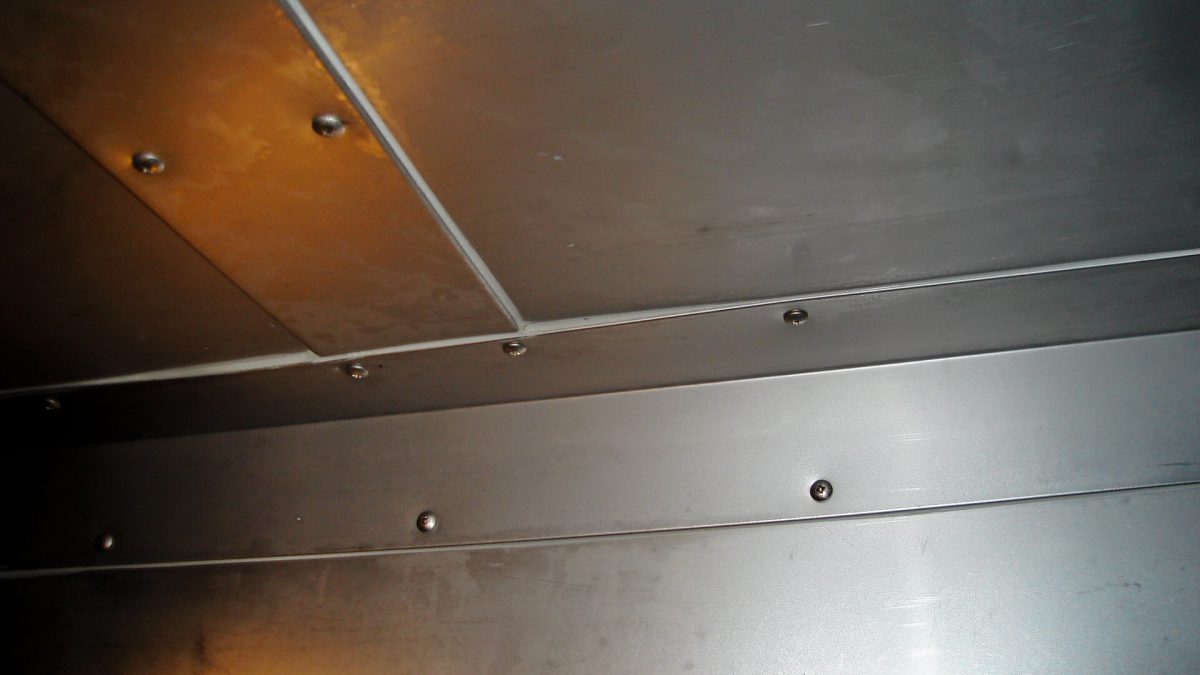Insulated metal panels (IMP) are becoming the preferred material for ductwork within food plants for their efficient, hygienic and durable qualities. IMPs consist of two steel skins injected with urethane foam insulation, providing a better-insulated solution than traditional ductwork. The steel skins can be constructed of standard pre-finished metal or stainless steel to meet the required sanitary specifications. Panels are cut and fabricated to meet the specific size and space requirements of a facility, and joints are installed together with caulks, urethane spray foam, sealants, vapor barriers and fasteners for an air/vapor-tight construction.
Installing IMP ductwork offers food processing plants many advantages over traditional galvanized or stainless steel:
1. Energy efficient — IMP ductwork panels offer a higher insulation value, allowing the air being transported through the duct to maintain colder temperatures, thus reducing energy costs. IMP ducts offer superior R-values for enhanced energy efficiency.
2. Weatherproof — Standard ductwork with exterior insulation and jacketing tends to deteriorate much quicker than IMPs. The pre-finished steel skins of IMPs withstand the elements of wind, hail, rain, and snow better, resulting in a longer life span.
3. Cleaner air — The stainless steel interior of IMP ducts provides a more hygienic environment so the air that passes through the ducts is cleaner, an important concern for food processing plants with high sanitation standards.
4. Durable — Stainless steel is often the preferred material within food processing plants because of its ability to stand up to caustic cleaners. The exterior of ducts may be subject to wash downs in plants and IMPs can withstand the harsh chemicals.
5. Less maintenance — IMP ducts require less maintenance than traditional materials due to their construction, which consists of a steel interior skin adhered by injecting urethane foam in between it and the exterior steel skin. This forms the IMP as a single material versus standard metal ductwork that is composed of three separate components – an interior metal skin, a board stock insulation, and a protective jacketing.




Are you seeing IMP duct used in dairy facilities? The screw and calk method of joining seems to fail quickly in a wash-down environment and allow water and detergent to penetrate the skin and saturate the insulation. Are you finding this to be true? I traditionally find fully welded stainless steel duct in food facilities but have seen an increase in interest in IMP. Thanks for any thoughts on the matter.
Thanks for your question Josh. I’ll be sending you a personal email in response.